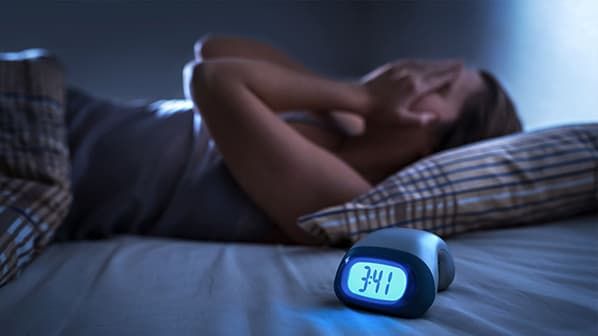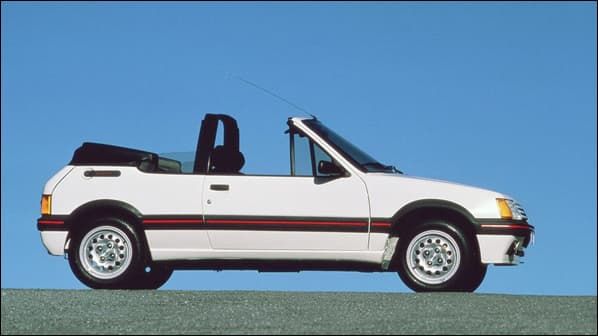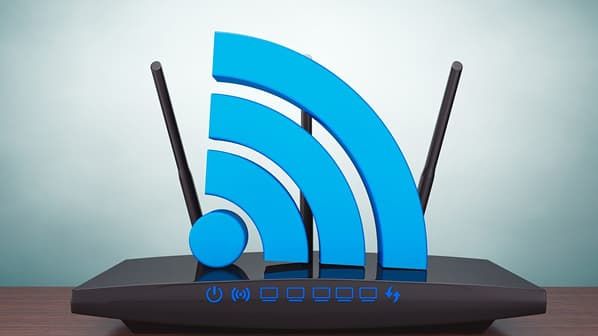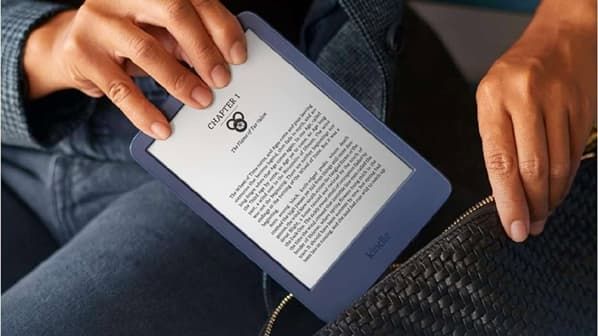In this fast-paced, digitally interconnected era, not just is sleep a biological necessity, but also an area where the latest technology is poised to intervene, assist, and even revolutionize. For those who lie awake nights, insomniacs as such, numerous black-tech items are now on the increase to provide precision-oriented solutions. Ranging from sleep-pattern-analyzing smart gadgets to sleep-quality-enhancing equipment, here’s a step-by-step exploration of inventions created for a good night’s sleep.
A Brief Guide to Construction Jobs

1. In-Depth Sleep Monitoring
Sleep tracking has evolved from simple smartwatch apps to sophisticated systems built into wearable technology. Leading the pack is the Oura Ring 4, a thin, light ring that boasts seven temperature sensors, green and infrared LEDs to track heart rate and blood oxygen saturation, and accelerometers for tracking movement. Its advanced algorithm offers sleep phase and recovery data, presenting these findings through a user-friendly app that is focused on long-term sleep optimization. With up to one week of battery life and passive sleep tracking mode, the Oura Ring bridges beyond sleep to include wellness features like guided meditations.
For individuals who don’t wish to sleep with equipment, the Withings Sleep mat offers an option. This mattress slip-under sensor tracks heart rate, snoring, sleep disruptions, and sleep stages. Its application generates detailed PDF sleep reports that can be provided to medical specialists, and thus it’s a good option for individuals in need of medical interpretation of sleeping behavior without invasive technology.
2. Enhancing Quality of Sleep
Besides surveillance, modern technology now also offers devices for actively improving the quality of sleep. A prominent temperature-regulating wearable unit operates under the brand name Embr Wave. Wearing Embr Wave to the wrist allows users to experience temperature-based comfort pulses that both relax and speed up their sleep onset. Accuracy temperature control is particularly helpful during REM sleep, where external thermal interruptions can significantly affect rest continuity.
As revolutionary are EEG-based devices such as Elemind’s sleep headband, which uses brainwave monitoring. Using bone conduction technology, it transmits acoustic stimulations synchronized with the wearer’s own brain waves to induce entry into deep sleep. The greater accuracy of EEG-based monitoring ensures reliable identification of sleep stages, beating much of the competition from wrist-worn devices and offering users deeply personalized sleep experiences.
3. Audio-Based Relaxation
Insomnia sufferers are usually hassled by racing thoughts or noisy environments that interrupt the falling asleep process. Devices like the VIV Ring and MyWave employ soundscaping technology to solve this problem. The VIV Ring constructs personalized sounds of sleep from biometric signals, generating individualized audio experiences that lead to relaxation. MyWave does this one better through real-time alterations through brainwave analysis, forming binaural beats or white noise tailored to each user’s neural patterns.
4. Intelligent Bedding That Matches Your Needs
Smart bedrooms and bedroom accessories are embedding sleep science into bedroom hardware. Anssiil’s OptimizeME Smart Mattress uses AI bio-algorithms to scan for pressure points and dynamically modify firmness and tilt for perfect spinal alignment. Supporting it are products like the ERA Smart Layer mattress topper, which offer advanced features like active spinal alignment, massage modules built-in, and real-time adjustments based on user inputs to turn even aged-out mattresses into highly personalized sleep solutions.
For a complete, multi-functional upgrade to sleep, the Eight Sleep Pod 4 Ultra is unparalleled. This bed cover uses water temperature control to cool or warm up one side of the bed independent of the other. Its new version also features a tech base that dynamically changes the bed’s height to reduce snoring and promote posture. While its high-end price point makes it a luxury item, it’s one worth breaking the bank over for insomniacs who need precise environmental management to ensure restful sleep.
5. Treating Sleep Disorders through AI and Wearables
Millions snore and suffer from sleep apnea, and technology is zeroing in on solutions to these issues. The fourth generation of the Motion Pillow uses AI algorithms that make real-time changes to itself, repositioning the user’s head to open airways. Wearables like Wesper provide more detailed analysis by monitoring respiratory effort and airflow, enabling users and doctors to identify apnea attacks and treat them more effectively.


Guess you like
-

How to Own a Convertible Without Breaking the Bank
-

5 AI Sidekicks for Next-Level Virtual Meetings
-

Essential Cloud Storage Services to Protect Your Online Life
-

Crossplay Chaos: What’s Really Up with PUBG’s Platform Divide?
-

How AI Meeting Notes Transform Today’s Workplaces
-

How Non-Experts Can Easily Enhance Website Load Speed While Browsing
Trending
-
 1
1Practical Diagnostics That Actually Work Before Your Next Router Purchase
-
 2
2A Bittersweet Return: Syberia Remastered Review
-
 3
3Electric Trucks Falter in the U.S. — The High-Stakes Struggle Behind the Wheels
-
 4
4Amazon’s New AI Tool Translates Kindle E-Books for Self-Published Authors
-
 5
5Stellantis, NVIDIA, Uber and Foxconn Unite on Level 4 Robotaxis
-
 6
6How to Upgrade Weapons and Workbenches in ARC Raiders


